As a member of EGIA (Electric and Gas Industries Association), Arenas says they have access to and use sales and technical training, customer service representative, and leadership training. On the HVAC side, their National Comfort Institute (NCI) membership provides them access to High-Performance HVAC™ training.
“I aim to get our field service and installation teams to understand airflow and measure/test it. We have six members of our team who have completed CO (carbon monoxide) and combustion safety, as well as airflow and duct optimization classes.
“The goal is for all our HVAC techs to test static pressure on every job. We are not there yet. But it is the reality of our world right now. They sometimes can’t get to it.
“However, airflow and pressure testing paint a picture of why the HVAC system isn’t working to its full potential or why there are some problem spots in the house. It’s almost always due to airflow,” Arenas continues.
Staying on Top of Technology
“I don’t know what it’s like in other parts of the country, but in Tucson, probably 70% of the houses have restricted returns. Those returns are just too small for the system. And much of it has to do with ducts designed for R-22 systems. Back then, you could abuse R-22 systems by not providing correct airflow, but they still worked well. But 410A refrigerant is much more sensitive.”
Ron says that he works hard to keep track of changes that impact his company and his customers. The big one is the advent of A2L refrigerant-based HVAC equipment resulting from new Federal standards calling for eliminating 410A refrigerants.
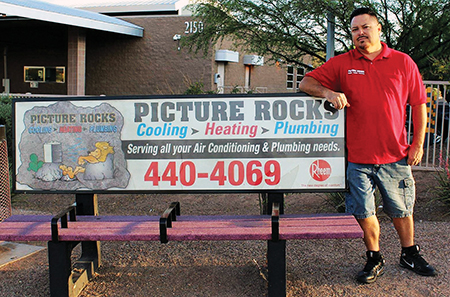
He explains that though his equipment supplier (Daikin) has not yet begun distributing their new A2L-based condensers in the Tucson area, he knows that it is coming and coming soon.
“We have been preparing for the new equipment for some time now. We’ve done some video training. Plus, our technicians recently went through a class taught by Daikin on R-32-based A2L refrigerants.”
He adds that, eventually, the new equipment will also impact their high-performance testing processes.
Air Upgrades and Duct Renovations
Arenas says, “We offer duct renovations and air upgrades a lot. Customers don’t always take advantage of it, but we offer it on most system replacement projects. We also offer it when the system really needs it.”
Customers don’t always take advantage of this service, and Arenas thinks they should. But he knows that most consumers in his market area don’t understand what duct renovation and air upgrades are and are put off by the cost.
“Especially this year,” he says. “With the economy being what it is, people are trying hard to hold onto their money. In 2023, things were tight, but this year they are even tighter.”
Interestingly, Arenas says the Tucson market hosts several bigger contracting companies that do similar work with airflow upgrades, duct sealing, etc. He also says the market is flooded with unlicensed contractors or one-truck companies that don’t invest in training.
“They don’t understand airflow or the impact it has on comfort. So, when a customer tells them about what our guys say, those contractors tell them that it’s either a rip-off or they don’t need it,” Arenas says.
“So, we have to shoulder a process to train our customers about the difference between testing and measuring and NOT doing those things. We must get better at explaining why it costs more for us to do this type of work. This is one of the reasons we finally hired a marketing person.”
Attracting a Young Workforce
For Picture Rocks, Ron Arenas says their focus on air upgrades and duct renovations began slightly less than five years ago. However, adapting to the strategy and learning about the technology wasn’t as hard as he thought. But he says he feels the reason for that is that the company has a relatively young team.
Click Below for the Next Page:


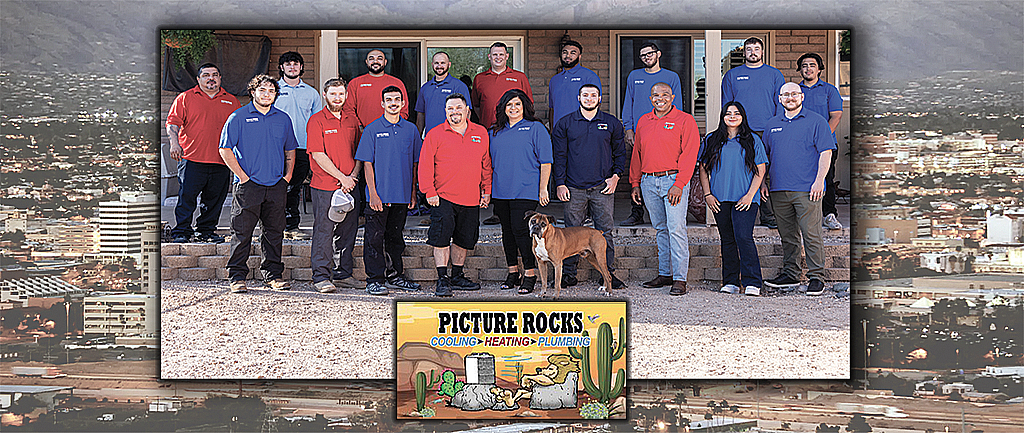
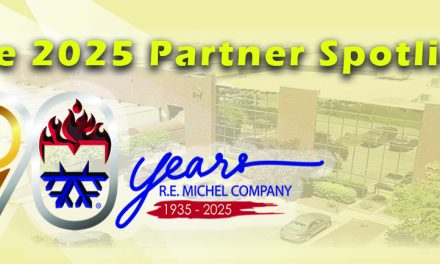
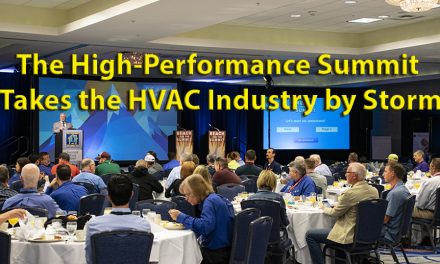
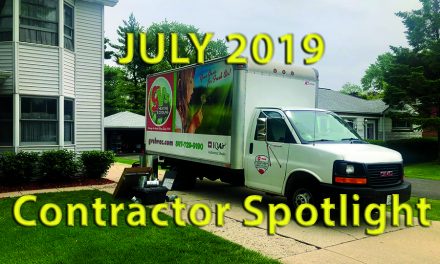






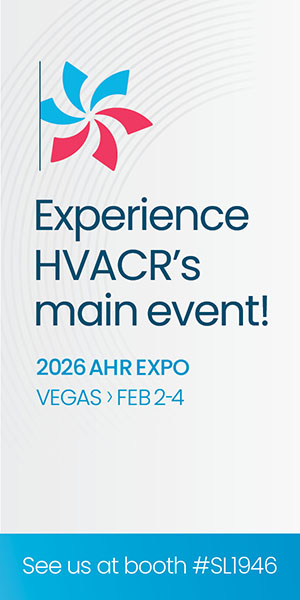
Recent Comments